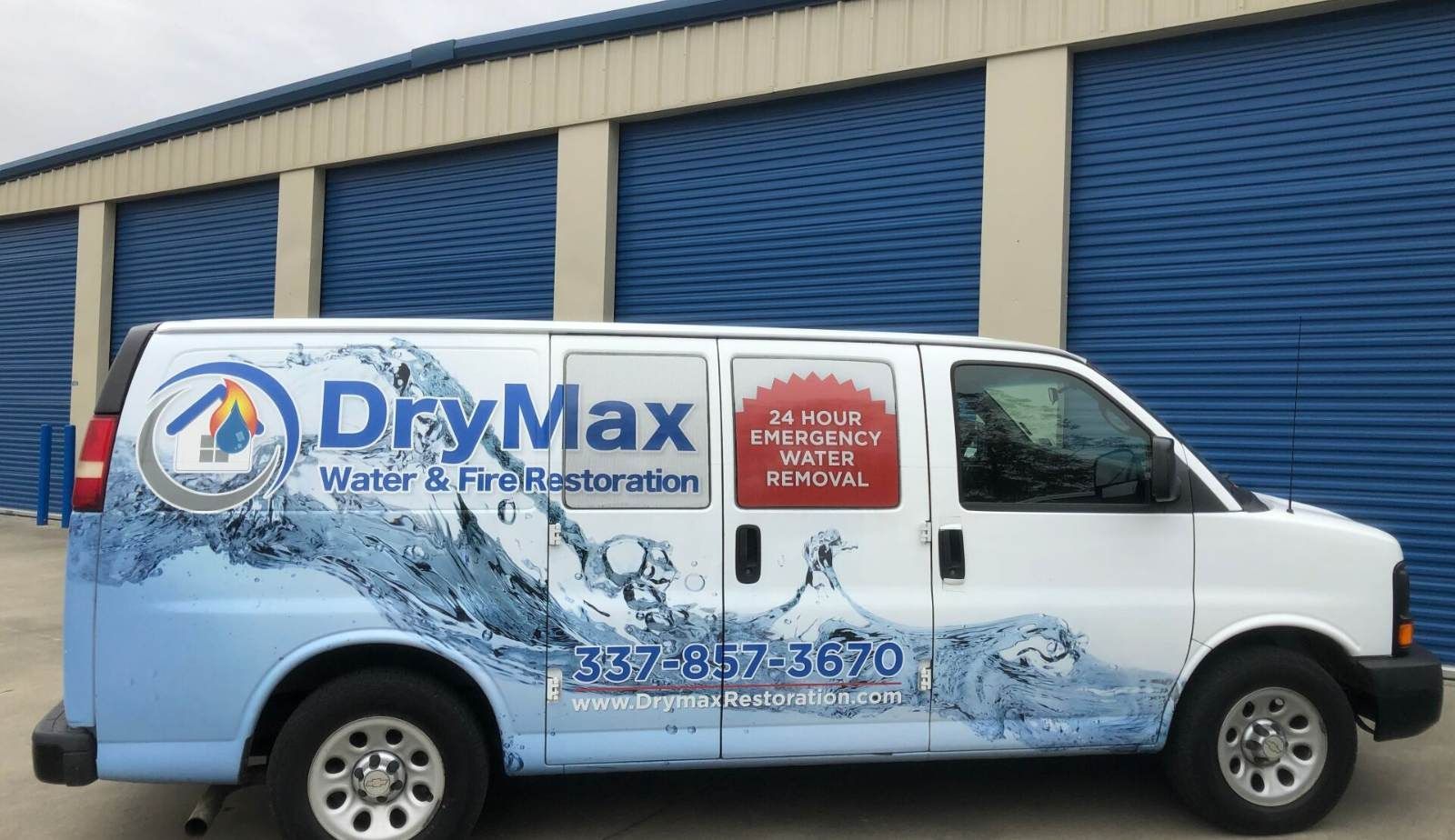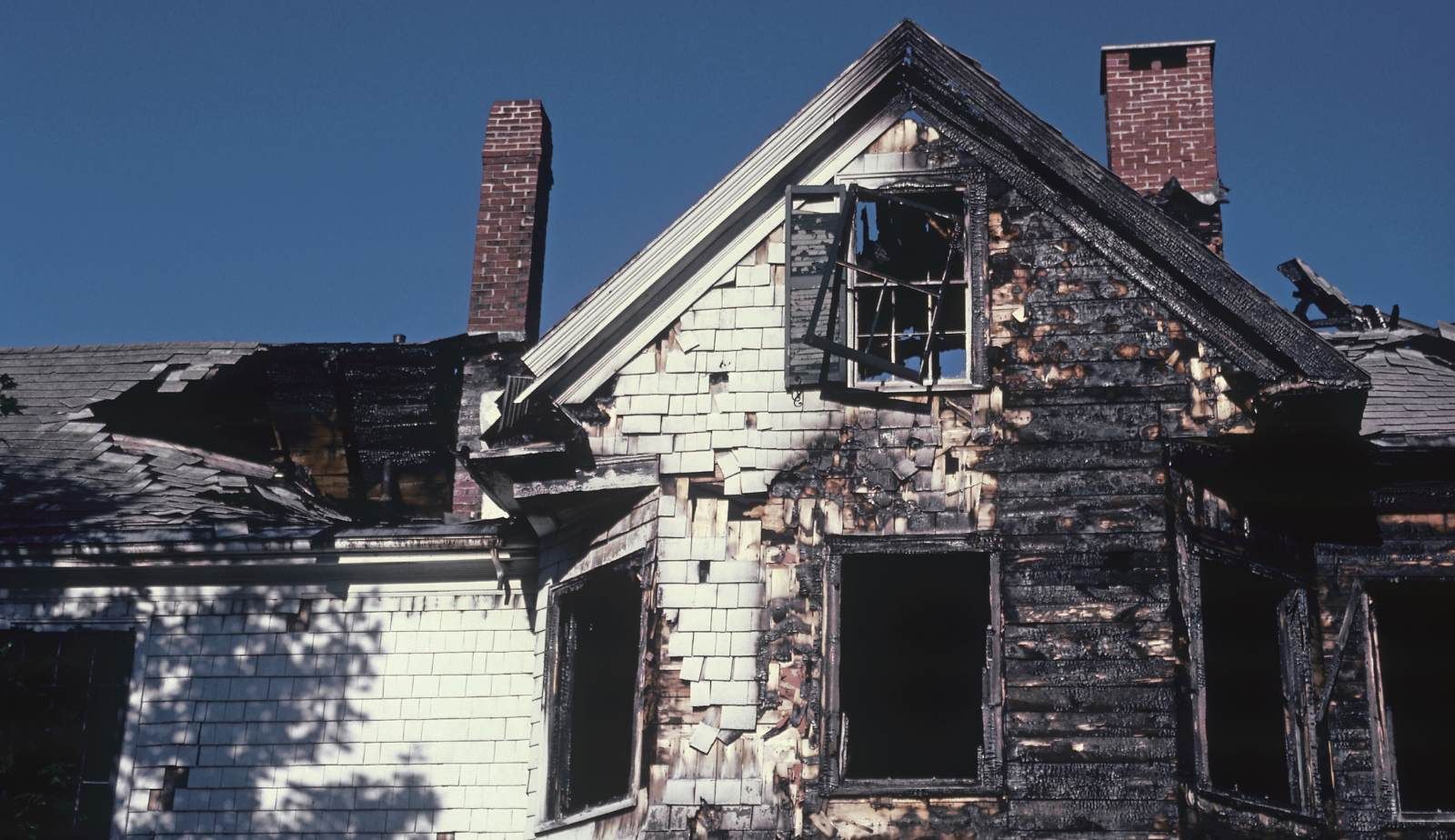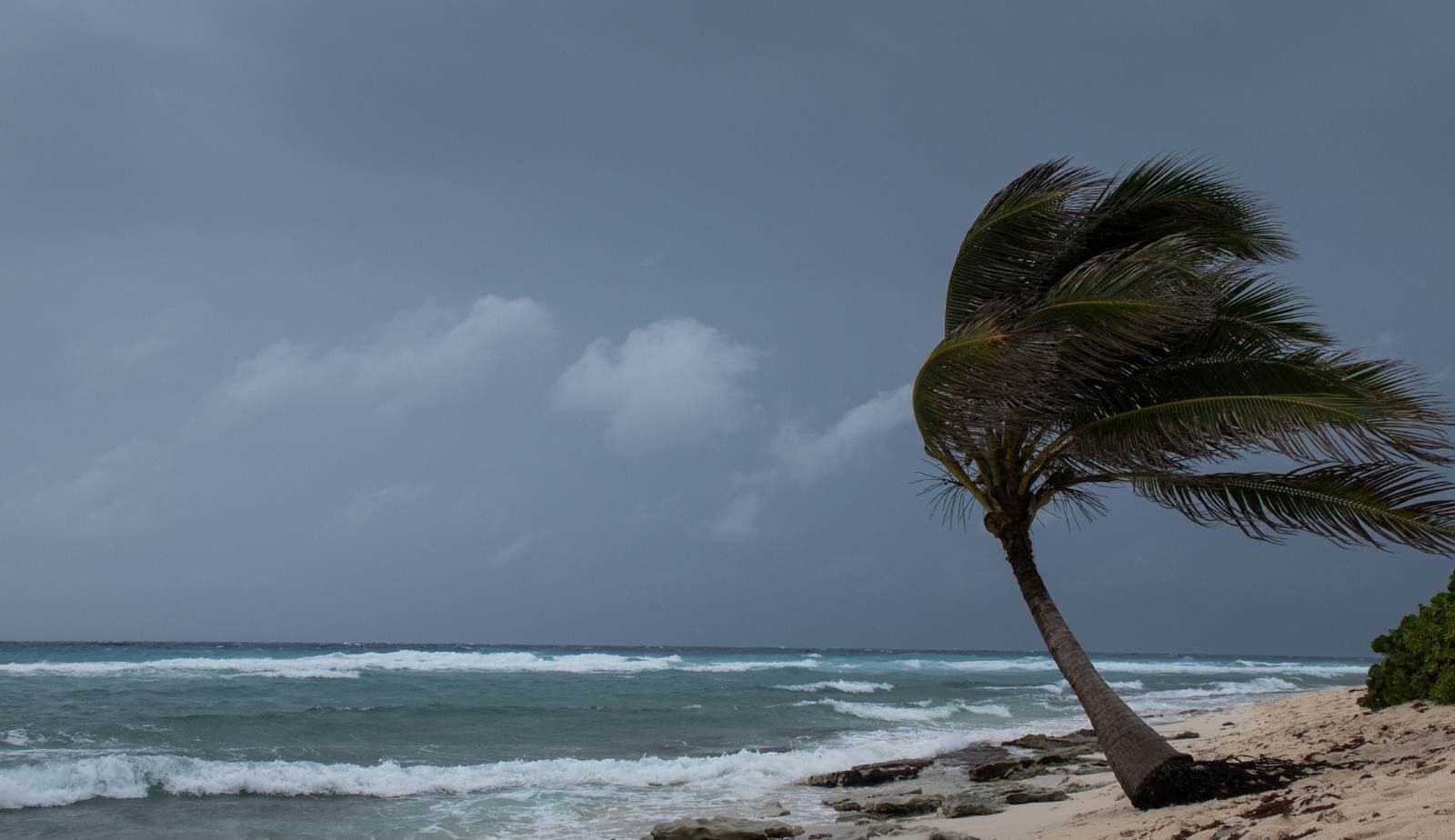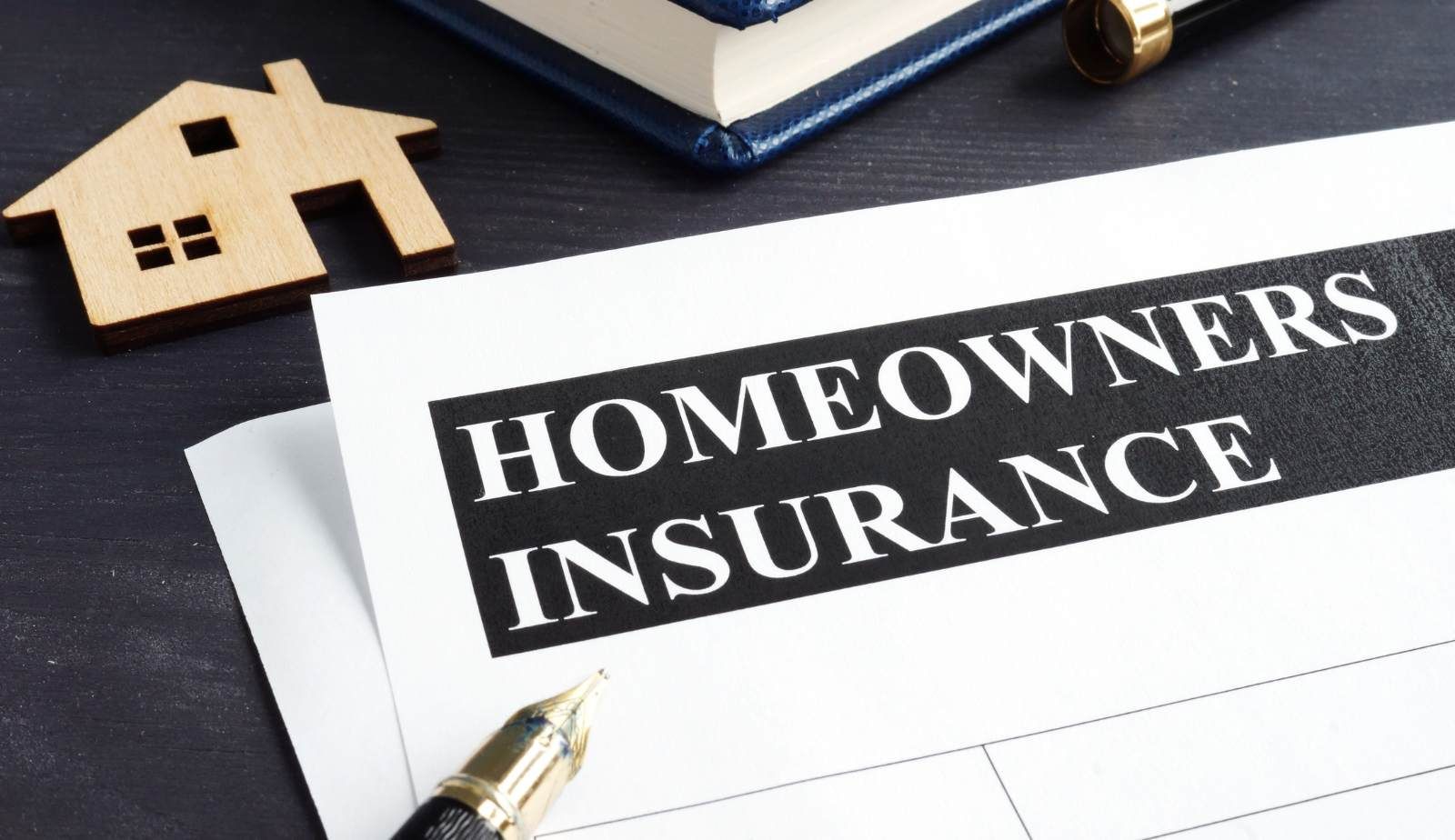Fire & Water Claims: How Drymax Assists Louisiana Homeowners with Documentation
Navigating the complexities of fire and water damage claims can be overwhelming for homeowners in Louisiana. From understanding the intricacies of insurance policies to gathering necessary documentation, the process often feels daunting. Drymax specializes in guiding homeowners through these challenges, ensuring they have the support needed to effectively document and file their claims.
Accurate and thorough documentation is crucial for a successful claim. Homeowners need to capture all aspects of the damage, including photographs, estimates, and reports from restoration professionals. Drymax provides critical assistance in this area, offering expertise that helps clients present comprehensive information that insurers require for timely processing.
Louisiana's unique climate often exacerbates risks associated with both fire and water damage, making the role of a knowledgeable partner even more vital. With Drymax's commitment to excellence, homeowners can feel assured that they have access to the resources and guidance needed for navigating the insurance claims process confidently.
Why Documentation Matters in Fire & Water Claims
Accurate documentation is crucial for Louisiana homeowners navigating fire and water claims. It serves as the foundation for successful insurance claims, aiding in the assessment of damage and the determination of compensation amounts. Proper records can mitigate disputes and facilitate a smoother claim process.
The Importance of Accurate Records
Detailed documentation is essential when filing insurance claims after fire or water damage. Accurately recording the extent of damage helps establish the legitimacy of claims. Homeowners should photograph affected areas, keep invoices for repairs, and maintain records of communications with their insurance company.
Comprehensive documentation also supports claims regarding personal property loss. Items lost or damaged can be itemized and valued, ensuring that homeowners receive fair compensation.
Moreover, timely documentation prevents issues related to delays in claim processing. Early records are invaluable before any repairs or cleaning occur, preserving evidence of the damage.
Common Documentation Mistakes
Many homeowners make critical mistakes when documenting damage, which can jeopardize their claims. One common error is failing to take sufficient photographs. Images should show clear views of the damage and include timestamps for validity.
Another mistake is not keeping a detailed inventory of damaged items. Homeowners often overlook small, yet valuable possessions, leading to unclaimed losses. It’s vital to record purchase dates and values for all affected property.
Miscommunication with insurers is also prevalent. Homeowners may neglect to follow up on claim status or fail to respond promptly to requests for additional documentation. Staying organized and proactive can prevent these pitfalls.
Benefits of Professional Assistance
Engaging professionals like Drymax offers significant advantages for documenting fire and water damage claims. Experts understand the nuances of insurance requirements and can help homeowners navigate the complexities of the claims process.
Professional documentation services ensure comprehensive records are created, reducing the burden on homeowners. They are trained to capture critical evidence and provide clear, thorough inventories of affected items.
Additionally, experts can handle communications with insurance companies, ensuring that all deadlines are met and documentation is submitted correctly. This support can substantially improve the likelihood of receiving fair compensation for losses.
How Drymax Supports Louisiana Homeowners During the Claims Process
Navigating the claims process after fire or water damage can be overwhelming for homeowners. Drymax provides essential support at every step, ensuring that clients receive the assistance they need to document damage accurately and communicate effectively with insurance companies.
Initial Assessment and Safety Evaluation
The process begins with an initial assessment conducted by Drymax's certified restoration experts. They prioritize safety by evaluating the property for hazards such as structural damage or mold growth. This assessment outlines immediate risks to the homeowner and identifies areas needing urgent attention.
Drymax's team documents the conditions through photographs and detailed notes. This information lays the groundwork for determining the scope of repairs. By ensuring safety first, Drymax helps homeowners feel secure before any remediation begins.
Detailed Damage Reporting
After the initial assessment, Drymax compiles a comprehensive damage report. This report is crucial for supporting homeowners' claims with their insurance. It includes quantitative data on the extent of damage and qualitative descriptions regarding the causes of the loss.
Drymax uses advanced techniques to catalog damage, capturing the necessary details to foster transparency with insurance adjusters. Homeowners receive a copy of this documentation, empowering them during the claims process. Detailed reporting can accelerate claims processing and serve as evidence should disputes arise.
Communicating With Insurance Adjusters
Effective communication with insurance adjusters is vital for homeowners. Drymax assists in facilitating these discussions, ensuring that all pertinent information is correctly relayed to insurance companies.
The restoration team leverages their expertise to clarify technical terms and processes, making it easier for adjusters to understand the specifics. If needed, Drymax can also involve a public adjuster to advocate on behalf of the homeowner. This approach enhances the likelihood of a fair settlement, ensuring that all claims are handled professionally and efficiently.

Types and Causes of Fire & Water Damage in Louisiana Homes
Louisiana homeowners face unique risks for both fire and water damage due to the region's environmental conditions. Understanding the specific types and causes of damage can aid in effective prevention and restoration.
Water Damage from Storms and Flooding
Storms and flooding are common culprits of water damage in Louisiana. Heavy rainfall can lead to flash floods, overwhelming drainage systems and causing water to seep into homes.
The impact of flooding extends beyond mere puddles. Saturated ground can lead to structural issues, mold growth, and extensive damage to personal belongings. Roof leaks also contribute significantly, allowing water to invade homes during heavy storms.
Prevention measures include evaluating drainage systems and safeguarding vulnerable entry points. Investing in sump pumps and flood barriers can provide additional protection during storm surges. In cases of significant water intrusion, immediate water damage restoration efforts are crucial for minimizing long-term effects.
Fire Damage and Smoke Effects
Fire damage in homes can arise from various sources, including cooking mishaps, electrical faults, or even natural events like lightning strikes. Once a fire ignites, it can spread rapidly, compromising both safety and property.
The consequences of fire are often twofold. The flames cause direct damage to structures and belongings, while smoke can linger, leading to health risks and costly clean-up efforts. Smoke can penetrate walls, furniture, and HVAC systems, requiring thorough cleanup and restoration.
Preventive measures include installing smoke detectors and conducting regular inspections of electrical systems. Homeowners should also have a fire escape plan and regularly practice it. Understanding insurance coverage for fire claims is essential to aid recovery after such damaging events.
Plumbing Issues and Burst Pipes
Plumbing issues, particularly burst pipes, are a frequent cause of water damage, especially in older Louisiana homes. Fluctuating temperatures and aging infrastructure can cause pipes to crack or burst, leading to severe water intrusion.
The impact of burst pipes is often instantaneous and can result in significant flooding inside homes. This can damage floors, walls, and personal belongings. Immediate detection is vital to mitigate damage. Homeowners should regularly inspect their plumbing and be aware of warning signs like decreased water pressure or stains on walls.
Routine maintenance and inspections can reduce the likelihood of such issues. Installing water monitoring systems can also alert homeowners to leaks before they escalate into larger problems.
Understanding Insurance Policies for Fire & Water Claims
Navigating insurance policies can be crucial for homeowners managing fire and water claims. Understanding key aspects such as coverage limits, exclusions, and deductibles is essential for effectively addressing potential financial burdens during a crisis.
Homeowners Insurance Basics
Homeowners insurance typically protects against various perils, including fire and water damage. It generally includes both dwelling coverage, which protects the structure, and personal property coverage, safeguarding belongings within the home.
Most policies also provide liability coverage, which protects against legal claims from injuries or damages that occur on the property. It's vital for homeowners to regularly review their policies to ensure they understand what is covered and to make adjustments as their needs change.
Policy Coverage Limits and Exclusions
Coverage limits define the maximum amount an insurance company will pay for various types of claims. Homeowners must understand these limits to avoid unexpected costs when damage occurs.
For example, a policy might cover sudden and accidental water damage but exclude flooding from external sources. Familiarizing oneself with the specific conditions and exclusions listed in the policy can prevent unpleasant surprises during the claims process.
Additionally, some policies provide detailed lists of covered and excluded perils, which should be reviewed meticulously.
Deductibles and Out-of-Pocket Costs
Deductibles are the amounts homeowners must pay out of pocket before their insurance coverage kicks in. For instance, a policy with a $1,000 deductible requires the homeowner to pay this amount on any claims.
The deductible amount can vary based on the policy type and the insured value of the home. Homeowners should carefully consider the balance between premium costs and deductibles when selecting insurance coverage, as lower premiums often correlate with higher deductibles.
Being aware of these costs can aid in financial planning and ensure sufficient funds are available when making a claim.
Flood Insurance and the National Flood Insurance Program (NFIP)
Flood insurance is essential for homeowners, particularly in flood-prone areas like Louisiana. The National Flood Insurance Program (NFIP) plays a key role in providing coverage and guidance. Understanding the specifics of flood insurance and the NFIP is critical for effective risk management.
Why Flood Insurance Is Crucial in Louisiana
Louisiana's geographic location makes it highly susceptible to flooding from storms and rising waters. The state regularly experiences severe weather events, resulting in extensive property damage.
Flood insurance protects homeowners from the financial burden of repairs and lost belongings. Many residents are surprised to find that standard homeowners insurance policies do not cover flood damage. Purchasing flood insurance through the NFIP provides added security and peace of mind.
In Louisiana, federal disaster assistance is limited. This further emphasizes the necessity of having a flood insurance policy. Those without it may face significant economic impacts following a flood event, jeopardizing their financial stability.
NFIP Coverage and Limitations
The National Flood Insurance Program offers two types of coverage: building property and personal property. Building property coverage includes structures and their foundation, electrical systems, plumbing, and HVAC systems. Personal property coverage encompasses furniture, electronics, and clothing.
One common limitation of NFIP policies is the coverage cap. As of now, the maximum coverage for a residential building is $250,000, while personal property is capped at $100,000.
Some specific types of damage, like basement flooding or damage from moisture, may not be covered completely. Homeowners must carefully review their policy details to understand what's included and excluded.
Difference Between Homeowners and Flood Insurance
Homeowners insurance typically covers damage from perils like fire, theft, and wind. However, it specifically excludes coverage for flood-related damages. In contrast, flood insurance directly addresses risks associated with flooding, either from natural disasters or localized events.
Purchasing flood insurance is often necessary for homeowners in high-risk areas, particularly those with federally backed mortgages. This can be a requirement for obtaining financing.
Homeowners insurance does not replace flood insurance; rather, it complements it. Homeowners should evaluate their potential flood risk and consider obtaining a separate flood insurance policy to ensure comprehensive protection against water damage.
Critical Steps for Documenting Damage Effectively
Effective documentation is crucial for homeowners navigating insurance claims for fire and water damage. Meticulous evidence collection can significantly influence claim outcomes and ensure the recovery process is smooth.
Photographic and Written Evidence
Capturing detailed photographs is essential. Homeowners should take clear images of all affected areas, focusing on both wide shots and close-ups. It’s important to include any structural damage, damaged possessions, and the overall environment.
Written documentation should accompany these photos. A detailed report can outline the situation, including dates and times of the incident.
Professional services recommend taking notes about each photograph and its corresponding damage. This organized approach helps adjusters understand the extent of the damage and supports the homeowner’s claims.
Itemizing Damaged Property
Creating a comprehensive list of damaged items is a vital step. Homeowners must document the specifics of each item, including brand, model, and approximate value.
For significant items, receipts or proof of purchase strengthen claims. If receipts are unavailable, research the current market price for similar goods.
This inventory should also categorize items by room and include notes on their condition before the damage. A well-organized itemized list aids in negotiating with insurers, making it easier to justify repair costs.
Obtaining Repair Estimates
Before initiating any repairs, obtaining multiple estimates from licensed professionals is necessary. Homeowners should approach several contractors for evaluations to compare quotes.
Each estimate should be detailed, specifying labor costs, materials needed, and any additional charges. Documenting these estimates helps support the claim while providing a clear picture of the financial implications.
Homeowners should communicate with adjusters regarding the procedures being followed and the estimates collected. This transparency can expedite claim processing and potentially lead to a favorable settlement regarding repair costs.
Health Risks and Long-Term Effects of Fire & Water Damage
Fire and water damage pose significant health risks and can lead to serious long-term effects on both property and residents. Understanding these risks allows homeowners to take informed actions for restoration and recovery.
Mold Growth Concerns
Mold growth is a primary concern following water damage. Dark, humid environments are ideal for mold spores to thrive. Left unchecked, mold can spread rapidly, impacting air quality and posing respiratory health risks.
Individuals exposed to mold may experience symptoms such as coughing, sneezing, and skin irritation. Prolonged exposure can lead to more severe long-term health issues, including chronic respiratory conditions and allergic reactions.
Restoration experts emphasize the importance of prompt water extraction and proper drying techniques to prevent mold proliferation. Testing and remediation should be conducted by certified professionals to ensure safety and efficacy.
Structural and Material Degradation
Water damage not only affects health but also leads to structural and material degradation. When water penetrates walls, ceilings, and flooring, it compromises integrity over time. This degradation can cause significant safety hazards if not addressed quickly.
Fire damage contributes to this issue as well, with exposed materials at risk of weakening due to heat and smoke exposure. Areas like attics and basements may be particularly affected due to limited airflow, facilitating both fire and water damage.
Prompt assessment by restoration experts can identify vulnerabilities and outline necessary repairs. Failure to address these issues can result in costly renovations and increased risks for inhabitants.
Addressing Hidden Water Intrusion
Hidden water intrusion often goes unnoticed until it becomes a significant problem. This can occur behind walls, under floors, or in basements, making it difficult for homeowners to detect until damage escalates.
Water that accumulates in these concealed spaces can lead to mold growth and structural damage, posing health risks to those living in the home.
To manage hidden water intrusion, homeowners should conduct regular inspections and address leaks immediately. Restoration professionals often utilize moisture detection tools to locate and remediate these issues before they transform into larger problems, ensuring the safety and longevity of the property.
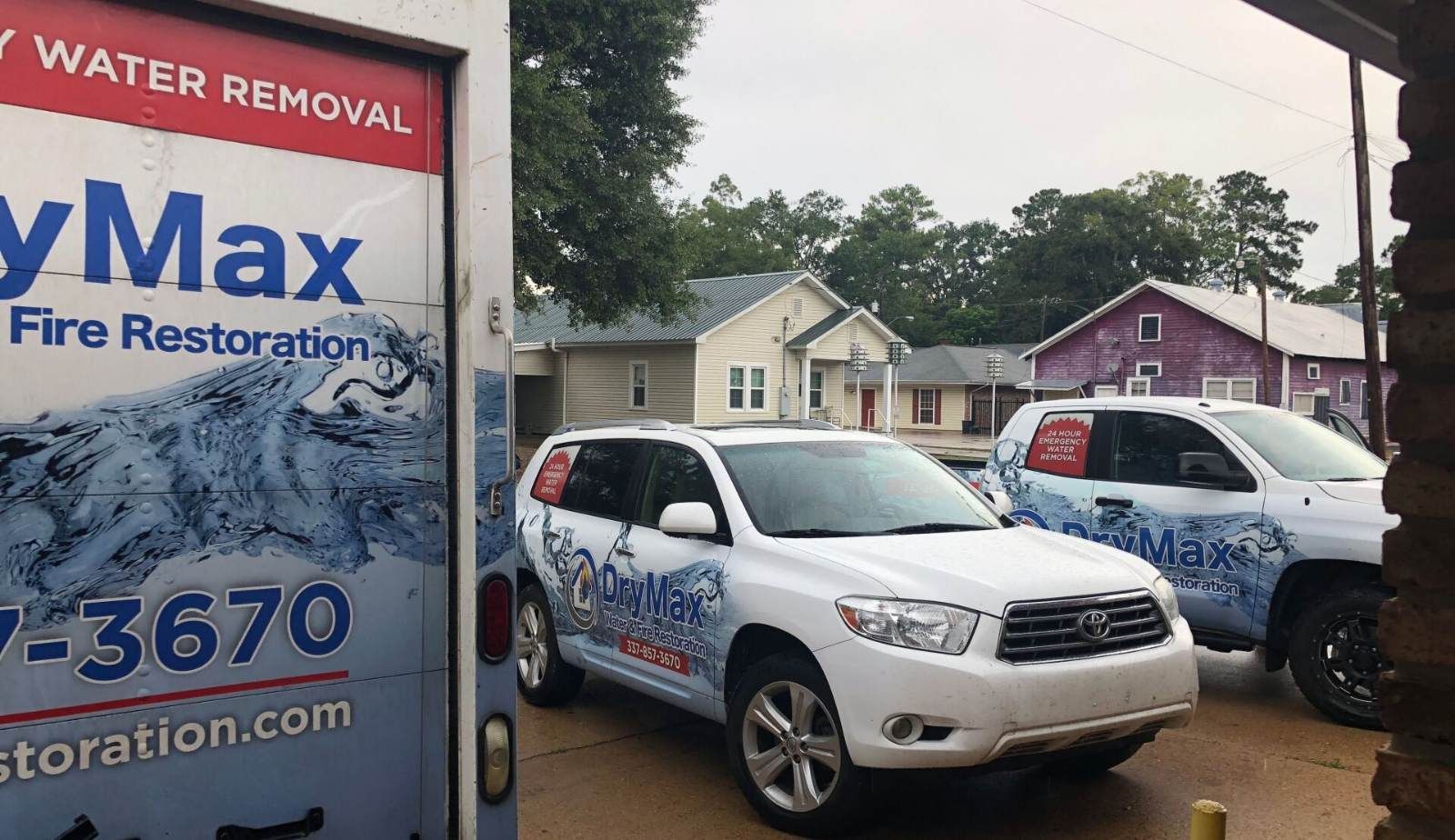
Overcoming Claim Denials and Maximizing Recovery
Navigating the complexities of insurance claims can be daunting, especially when faced with a denial. Understanding potential pitfalls and employing effective strategies can significantly improve a homeowner's chances for a successful recovery.
Common Reasons for Claim Denials
Claim denials often stem from issues such as insufficient documentation, policy exclusions, and failure to meet deadlines. Many claims are denied because homeowners do not provide adequate evidence to support their losses. Without photographs, receipts, and detailed descriptions, insurers may see claims as unsubstantiated.
Another common reason involves misunderstandings of policy coverage. Homeowners sometimes fail to realize specific exclusions that may apply to their situation, leading to unexpected denials. Familiarity with one's policy can prevent these oversights.
How Public Adjusters Can Help
Public adjusters serve as valuable advocates for homeowners during the claims process. They possess the expertise to navigate the intricacies of insurance documentation. By assessing the damage and preparing a comprehensive claim, they ensure all relevant details are presented accurately.
Public adjusters also negotiate with insurance companies on behalf of their clients. Their familiarity with typical claim denial reasons enhances the case they build, allowing for a stronger appeal. This professional support can often yield better outcomes in recovery settlements.
Strategies to Strengthen Future Claims
Homeowners can take several proactive steps to enhance their future claims. Maintaining a detailed home inventory is essential. This list should include purchase dates, receipts, and photographs for all valuable items. Regular updates to this inventory can make a significant impact during claims submission.
Additionally, keeping thorough documentation of any damage is crucial. Homeowners should take clear photos and detailed notes at the time of the incident. Lastly, engaging a public adjuster early in the process can offer guidance and strategy, helping to avoid common pitfalls that lead to denials.
Frequently Asked Questions
Navigating fire and water damage claims can be complex for Louisiana homeowners. Understanding the necessary steps and documentation can greatly improve the likelihood of a successful claim.
What are the steps to file a home insurance claim for water damage?
Homeowners should start by documenting the damage with photos and notes. Next, they should contact their insurance provider to report the incident and request a claim form. Following that, it is important to complete the form accurately and submit it along with all required documentation.
Can documentation from Drymax expedite the fire or water damage claim process?
Yes, documentation from Drymax can play a crucial role in expediting claims. Their thorough reports and detailed photographic evidence can provide insurers with a clearer understanding of the damages. This professional documentation helps validate the claim, potentially speeding up the approval process.
What evidence is required to prove fire damage to an insurance company?
To prove fire damage, homeowners need to provide comprehensive documentation, including photographs of the damage, fire department reports, and repair estimates. Receipts for temporary housing or repairs may also be beneficial. Insurers typically look for detailed evidence that outlines the extent of the damage.
How can homeowners ensure their insurance claim is fully valued after flood damage?
To ensure a claim is fully valued after flood damage, homeowners should provide accurate and detailed documentation of all affected items. They should create an inventory list with photographs and appraisals if necessary. Consulting with restoration professionals can also help validate the total loss.
What are common mistakes to avoid when filing a claim for fire or water damage?
Common mistakes include failing to document the damage adequately or missing deadlines for reporting. Homeowners should avoid underestimating the extent of their loss or neglecting to keep receipts for repairs. Not understanding their policy coverage can also lead to disputes during the claims process.
How long do I have to report water or fire damage to my insurance provider?
Most insurance policies require homeowners to report damage as soon as possible, often within a stipulated timeframe, which can be as short as 24 to 48 hours. Timely reporting is critical to the claims process and helps ensure that the claim is not denied due to delayed notification.
You might also like
DryMax Restoration Blogs
